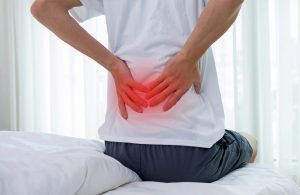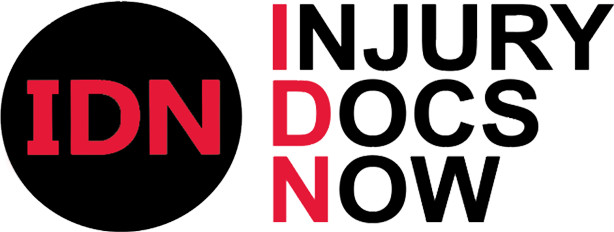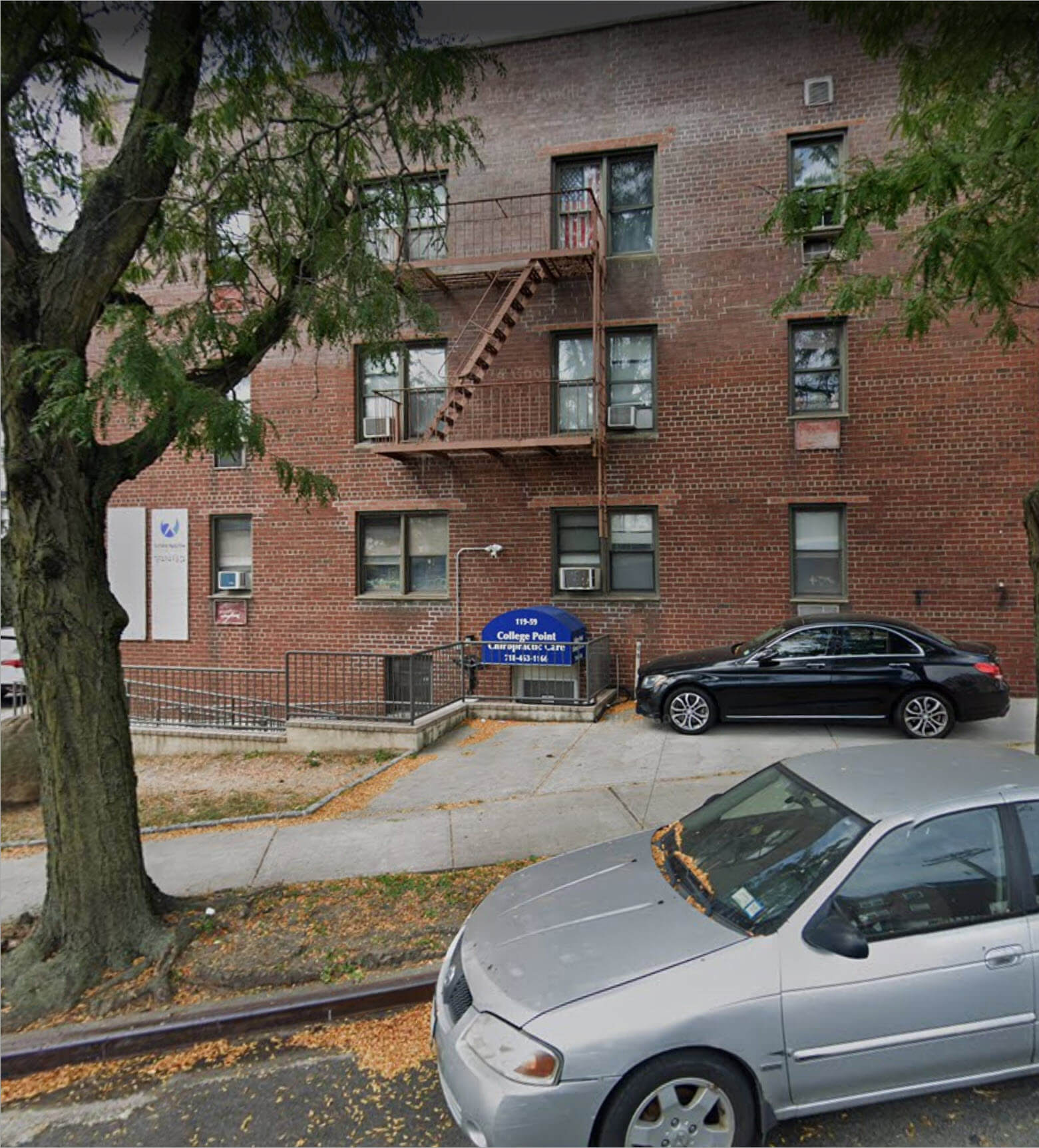
Back Pain & How To Mange It
In today’s fast-paced world, back pain has emerged as a common ailment affecting individuals across various age groups, significantly impeding their daily functions and diminishing their quality of life. This comprehensive guide aims to illuminate the diverse spectrum of back pain, encompassing its acute and chronic manifestations. We aim to equip you with an in-depth understanding of back pain’s etiology, symptomatic expressions, and effective management techniques. By delving into this exploration, we aspire to empower you to take informed actions toward alleviating discomfort and enhancing your well-being.
The Anatomy of the Back
The human back is a complex structure consisting of the spinal cord, surrounded by vertebrae, muscles, and nerves. This intricate design supports bodily movements and protects critical components of the nervous system. However, this complexity also makes the back susceptible to pain and injury. Conditions like spinal stenosis, a narrowing of the spaces within your spine, can pressure the nerves that travel through the spine, leading to pain.

Understanding Back Pain
Back pain, a multifaceted symptom, can manifest across a broad spectrum from a transient, mild discomfort to an intense, chronic condition that necessitates medical intervention. It serves as an indicator of various underlying health issues, each with its unique causes and implications. The symptoms associated with back pain can significantly vary, encompassing stiffness, a spectrum of pain sensations from sharp to dull, and muscle spasms, underscoring the necessity of recognizing these signs promptly. Early detection and medical consultation are pivotal in identifying the root cause of back pain, enabling effective treatment, and mitigating the risk of further complications.

Types of Spinal Discomfort
Acute vs. Chronic Conditions
- Acute: Often resulting from an awkward movement or specific incident, this discomfort is short-lived but intense.
- Chronic: Persistent discomfort indicating a deeper issue, possibly linked to conditions like spinal stenosis or degenerative changes.
Mechanical, Inflammatory, and Neuropathic
- Mechanical issues: Typically arise from structural problems such as misalignments or degenerative changes, demanding interventions that may range from physical therapy to surgical correction.
- Inflammatory conditions: These involve the body’s immune response and may require medication to manage inflammation and lifestyle adjustments to mitigate triggers.
- Neuropathic problems: Stem from nerve damage or irritation, necessitating treatments that target the nerve itself, often combining medication, physical therapy, and sometimes surgical solutions.
Common Causes of Back Pain
Understanding the common causes and risk factors, from poor posture to genetic predispositions, is vital in preventing and managing spinal health issues. Conditions like spinal stenosis, osteoporosis, and herniated discs underscore the importance of early detection and tailored treatment plans.
- Herniated Discs: When the soft cushion between spinal vertebrae protrudes, it can press on the spinal cord.
- Muscle or Ligament Strain: Heavy lifting or sudden movement can strain back muscles and spinal ligaments.
- Degenerative Disc Disease: The discs in your spine can deteriorate over time, leading to pain.
- Sciatica: A sharp pain that travels down from your back to your leg, caused by a herniated disc pressing on the nerve.
- Osteoporosis: This condition weakens bones and can lead to painful fractures in your spine’s vertebrae.


Diagnosing Back Pain
Diagnosing back pain involves a comprehensive approach, including a review of your medical history, a physical exam, and possibly imaging tests. A CT scan can offer detailed images of the bones in your spine and identify potential problems like spinal stenosis. Understanding the root cause is crucial for effective treatment.
Treatment Options
Effective management combines home treatments—like ice packs and anti-inflammatory medications—with professional interventions. Preventive measures, including maintaining a healthy posture, engaging in specific types of exercise, and ergonomic practices, are fundamental in reducing the risk of developing spinal issues.
Home Treatments: For mild pain, home remedies like ice packs can reduce inflammation and pain. Anti-inflammatory medications also offer pain relief.
Professional Treatments: In more severe cases, a combination of physical therapy, types of exercise specifically designed to strengthen the back, and medication may be recommended. In cases where these treatments do not suffice, surgical options might be explored.

Prevention Tips
Preventing back pain is possible by maintaining a healthy lifestyle and proper body mechanics. Regular exercise, keeping a healthy weight, and improving posture can significantly reduce the risk of developing back pain. Additionally, lifting objects close to your body and avoiding awkward movements can prevent unnecessary strain on your back.
Journey to a Pain-Free Life
Back pain can be a complex condition with various causes and symptoms. Individuals can make informed decisions about their health and treatment options by understanding the types of back pain and their associated risk factors. Always consult a healthcare professional to accurately diagnose back pain and develop a tailored treatment plan that addresses your needs.
Take Action for Your Back Health Today
To engage with Injury Docs Now for expert guidance and personalized care plans tailored to your unique needs, don’t hesitate to reach out. Whether you’re experiencing discomfort following an awkward movement, suspect you’re at a higher risk due to lifestyle factors, or seek preventative advice to maintain optimal spinal health, our specialists are here to support you. Contact us to schedule your consultation today and embark on your journey towards a pain-free life.

Frequently Asked Questions About Back Pain Management
What causes back pain?
Back pain can be caused by a variety of factors, including poor posture, awkward movements, degenerative conditions like spinal stenosis, injuries, and certain risk factors such as obesity or a sedentary lifestyle.
How can I prevent back pain?
Preventing back pain involves maintaining a healthy weight, engaging in regular physical activity, practicing good posture, lifting objects correctly (close to your body), and avoiding repetitive or awkward movements that can strain your back.
What are some effective home treatments for back pain?
Effective home treatments for mild back pain include applying ice packs or heat, taking over-the-counter anti-inflammatory medications, and engaging in gentle stretching or types of exercise that don’t exacerbate the pain. Always consult a healthcare provider before starting any treatment.
When should I see a doctor for back pain?
You should consult a doctor if your back pain is severe, doesn’t improve with home treatment, is accompanied by other worrying symptoms like numbness or weakness in your limbs, or if you have a medical condition that may affect your spine. A healthcare professional can diagnose back pain through a physical examination and, if necessary, imaging tests like a CT scan.





































